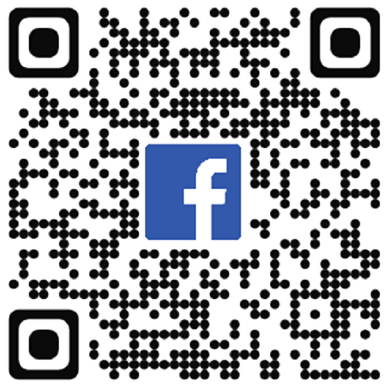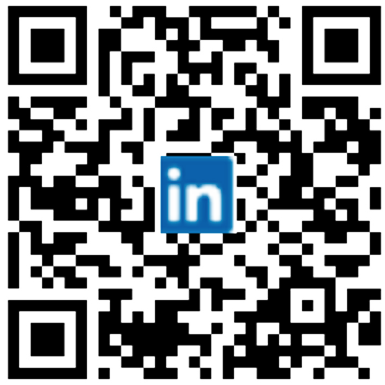試料採取に関する助言
Samples Collection
Blood samples collection
■ Whole blood samples:
A.Collect blood samples with sterile needles. Add it into a purple-capped tube that contains anti-coagulant, EDTA, and mix it well with anti-coagulants.
B.Tape purple-capped tubes to avoid samples to leak during shipping.
C.Diagnostic results will be interfered by hemolysis or coagulation. If it happens, please collect samples again.
D.If C. occurs right before performing tests, Bioguard will request veterinarians to collect samples again.
■ Serum samples:
A.Collect blood samples with sterile needles. Add it into a tube without anti-coagulant and let it sit for a while.
B.Samples should be centrifuged at <3000 rpm for 10 minutes or should be sit for 30 minutes. Collect the upper layer.
C.Tape tubes to avoid samples to leak during shipping.
D.If hemolysis or coagulation occurs before shipping samples, please collect samples again.
* For blood coagulation test, please add blood samples into a blue-capped tube with 3.2% sodium citrate. Mix it well with anti-coagulants.
Nasal/ Throat samples collection
A.Use sterile swabs to collect samples from the nasal cavity.
B.Use sterile swabs to collect samples from the throat in sufficient light. At least collect it twice and avoid to make contact with the oral cavity.
C.Tape microcentrifuge tubes to avoid samples to leak during shipping.
Body fluid samples collection
A.Extract samples, including pleural, peritoneal, pericardial or synovial fluid, with sterile needles.
B.Add samples into microcentrifuge tubes and tape it.
Feces samples collection
A.Use sterile swabs to collect feces samples. Add samples into eppendorfs and tape it.
Urine samples collection
A.Urination: Collect urine samples. Screw the lid of the container.
B.Urethral catheterization: Sterilize the urethral orifice and insert the catheter into the bladder via the urethra. Collect 1-2 mL samples into tubes.
C.Suprapubic puncture: Sterile the skin and insert the needle while aspirating until urine appears within the syringe. Collect 1-3 mL of samples.
D.After sample collection, store samples at 4-8ºC if you can’t ship samples immediately.
Feather samples collection
A.We ideally would like to be sent at least 5 plucked feathers from chest, abdomen, thighs or cloaca.
B.Feathers for tests should be freshly plucked, not naturally molted.
* For avian gender test, please label the species of birds on the bags.
Other samples collection
A.For blood collection, clip the nail short enough to allow bleeding. And collect the blood with sterile swabs to the blood bead (only one or two drops are required).
* For psittacine beak and feather disease (PBFD) and avian polyomavirus (APV) test, blood samples are better than feather samples. If suspicious symptoms occur, please send both blood and feather samples.
B.For rabbit encephalitozoonosis test, collect either blood samples or urine samples.
C.For turtle herpesvirus test, collect eye discharge, oral or nasal secretions with sterile swabs.
Pus/ Wound samples collection
A.Epidermal wound: clean the wound, collect pus samples with sterile swabs. Put samples into tubes to keep it moist.
B.Abscess and Boil: clean the injured area with 75% alcohol. Cut out injured area and collect pus samples with sterile swabs.
C.If injured area is too large, remove the epidermal parts as much as possible. Only collect samples from deeper layers of skin.
D.For anaerobic culture, collect samples with syringes and put it into anaerobic tubes immediately.
Nasal/ Throat samples collection
A.Use sterile swabs to collect samples from the nasal cavity.
B.Use sterile swabs to collect samples from the throat in sufficient light. At least collect it twice and avoid to make contact with the oral cavity.
Feces samples collection
A.Use sterile swabs to collect feces samples. Add samples into eppendorfs and tape it.
B.If samples contain Campylobacter sp., Clostridium difficile, Yersinia sp. or Vibrio sp., please contact our laboratory before shipment. And indicate it on the submission form.
Urine samples collection
A.Urination: Collect urine samples. Screw the lid of the container.
B.Urethral catheterization: Sterilize the urethral orifice and insert the catheter into the bladder via the urethra. Collect 1-2 mL samples into tubes.
C.Suprapubic puncture: Sterile the skin and insert the needle while aspirating until urine appears within the syringe. Collect 1-3 mL of samples.
D.After sample collection, store samples at 4-8ºC if you can’t ship samples immediately.
Body fluid samples collection
A.Extract samples, including pleural, peritoneal, pericardial or synovial fluid, with sterile needles.
B.Add samples into microcentrifuge tubes and tape it, avoid contacting with air.
C.Avoid using swabs to collect body fluid samples.
Tissues samples collection
A.Avoid collecting necrotic tissues. Collect 3-4mm of biopsy tissues.
B.Put samples into microcentrifuge tubes containing saline solution.
Store samples in 10% formaldehyde, which is 10 times more than the volume of the samples. Ship it with well-sealed plastic tubes. If the depth of samples is more than 8 centimeters, please cut it out for better fixation.
Sample storge :
1. After sample collection, store samples at 4c if you can’t ship samples immediately.
2. Store and ship blood collection tubes vertically.
3. Seal the tubes with samples tightly.
Sample shipping :
1. Ship samples at 2-8 ºC for pathogen PCR test, endocrine test, hereditary diseases screening test or allergy test.
2. Ship samples at room temperature for microbial culture/ antibiotic sensitivity test or biopsy test.
3. In order to process samples faster, please enter the tracking number of each shipment into our system.
Sample Instructions (Services Manual) :
Download services manual, select correct sampling methods and containers for your samples.
Exception Handling :
Upon receiving samples, Bioguard Animal Health Diagnostic Center will check samples’ conditions (no hemolysis, no leakage, etc.). If samples are ready to be tested, we will notify you and begin testing procedures. If samples are unable to be tested, we will request you to send samples again or to cancel this test. We recommend that follow the instructions on our website before shipping samples.
If test results are abnormal, which are due to bad samples collection. We will request you to send samples again and will only repeat the test until receiving new samples.



